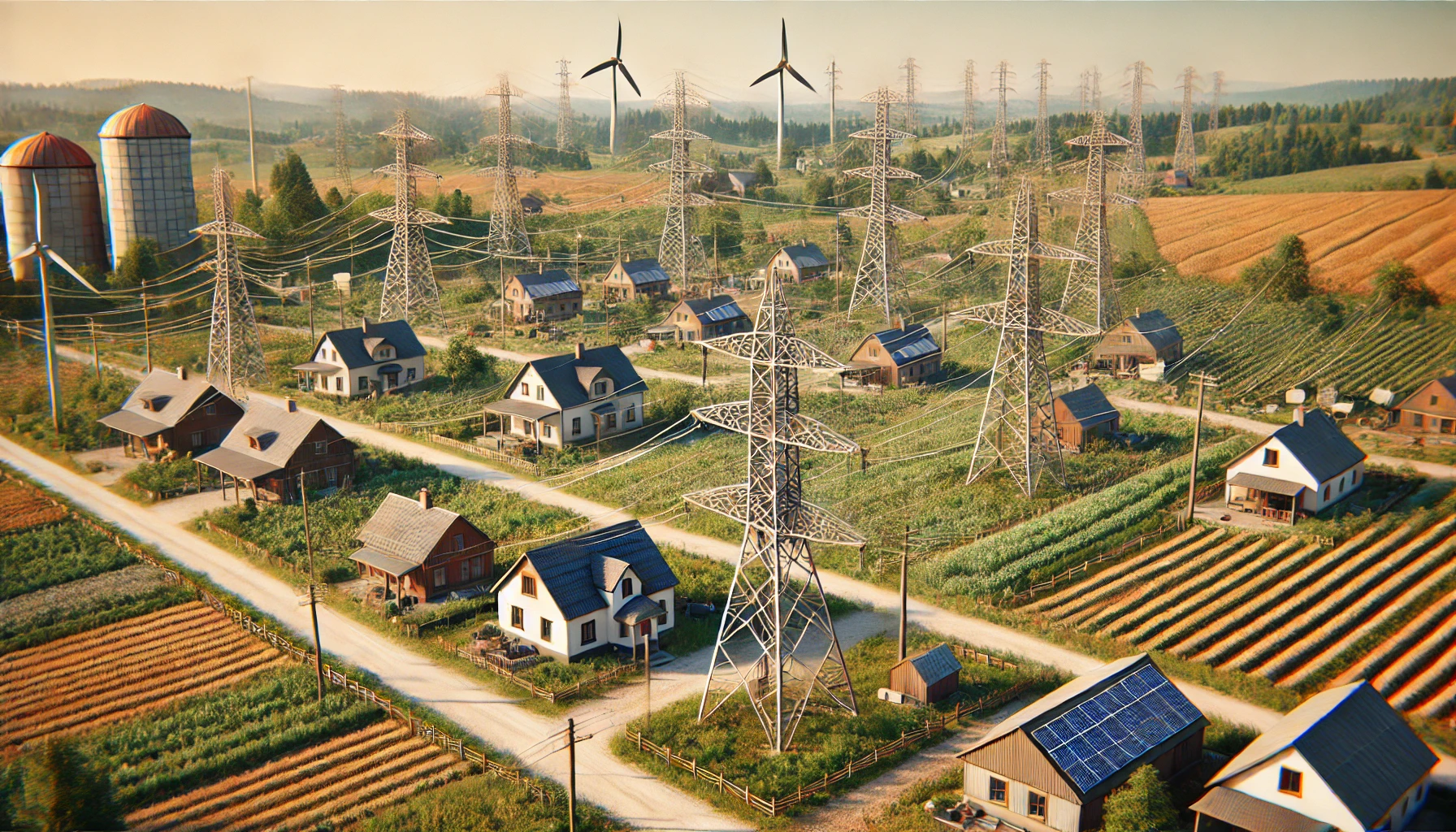
As the world shifts towards cleaner and more sustainable energy sources, the demand for robust and resilient grid infrastructure has never been greater. Traditional financing methods for grid infrastructure, such as government funding and utility bonds, often fall short in addressing the rapid advancements and expansion required. Innovative financing mechanisms are essential to meet these challenges and ensure that our grids can support a sustainable future.
The Challenges of Financing Grid Infrastructure
Grid infrastructure projects are capital-intensive, requiring significant upfront investment and long-term financial commitments. These projects also face unique challenges, including:
- Technological Advancements: Rapid advancements in renewable energy technologies and energy storage require continuous updates to the grid.
- Decentralization: The rise of distributed energy resources (DERs) like rooftop solar and microgrids necessitates a more flexible and adaptive grid.
- Resilience: Climate change impacts demand a more resilient grid capable of withstanding extreme weather events.
- Regulatory Hurdles: Navigating the complex regulatory landscape can delay projects and increase costs.
To overcome these hurdles, innovative financing solutions are crucial. Let’s explore some of the most promising approaches.
Green Bonds
Green bonds have emerged as a powerful tool for financing sustainable energy projects. These bonds are specifically earmarked for projects that have positive environmental benefits. For grid infrastructure, green bonds can be used to fund projects such as:
- Upgrading transmission lines to accommodate renewable energy.
- Developing smart grid technologies.
- Enhancing grid resilience against climate impacts.
Green bonds offer several benefits, including attracting a broad base of environmentally conscious investors and often providing lower interest rates compared to traditional bonds.
Public-Private Partnerships (PPPs)
Public-Private Partnerships (PPPs) combine the strengths of both public and private sectors to finance grid infrastructure projects. These partnerships can take various forms, including:
- Build-Operate-Transfer (BOT): Private entities finance, build, and operate the infrastructure for a specified period before transferring ownership to the public sector.
- Joint Ventures: Both public and private entities share the investment, risks, and returns of the project.
PPPs can leverage private sector efficiency and innovation while accessing public sector funding and support, making them a versatile financing model.
Energy-as-a-Service (EaaS)
Energy-as-a-Service (EaaS) is a novel financing model where customers pay for the energy services they receive rather than owning and maintaining the infrastructure. This model can include:
- Subscription-Based Models: Customers subscribe to energy services, allowing providers to invest in and manage the necessary grid infrastructure.
- Performance-Based Contracts: Payments are tied to the performance and reliability of the energy services provided.
EaaS can reduce the financial burden on utilities and consumers, promote energy efficiency, and encourage the adoption of advanced grid technologies.
Crowdfunding and Community Investment
Crowdfunding and community investment models enable local communities and individual investors to directly invest in grid infrastructure projects. These models can take various forms:
- Equity Crowdfunding: Investors receive equity shares in return for their investment.
- Community Bonds: Similar to green bonds, these are issued specifically for community-based projects, offering returns to local investors.
These models foster local support, increase public awareness, and ensure that the benefits of the projects are shared within the community.
Blockchain and Decentralized Finance (DeFi)
Blockchain technology and decentralized finance (DeFi) offer innovative ways to finance grid infrastructure through transparent, secure, and efficient mechanisms. Potential applications include:
- Tokenization of Assets: Grid infrastructure projects can be tokenized, allowing investors to purchase and trade tokens representing a share of the project.
- Smart Contracts: Automated, self-executing contracts on the blockchain can facilitate funding, ensure compliance, and streamline payments.
These technologies can democratize access to investment opportunities and enhance the efficiency of financing processes.
Innovative financing mechanisms are crucial to modernizing our grid infrastructure and supporting the transition to a sustainable energy future. Green bonds, public-private partnerships, Energy-as-a-Service models, crowdfunding, and blockchain technology offer promising solutions to address the unique challenges of grid infrastructure projects. By embracing these innovative approaches, we can build a resilient, flexible, and sustainable grid that powers our world for generations to come.
